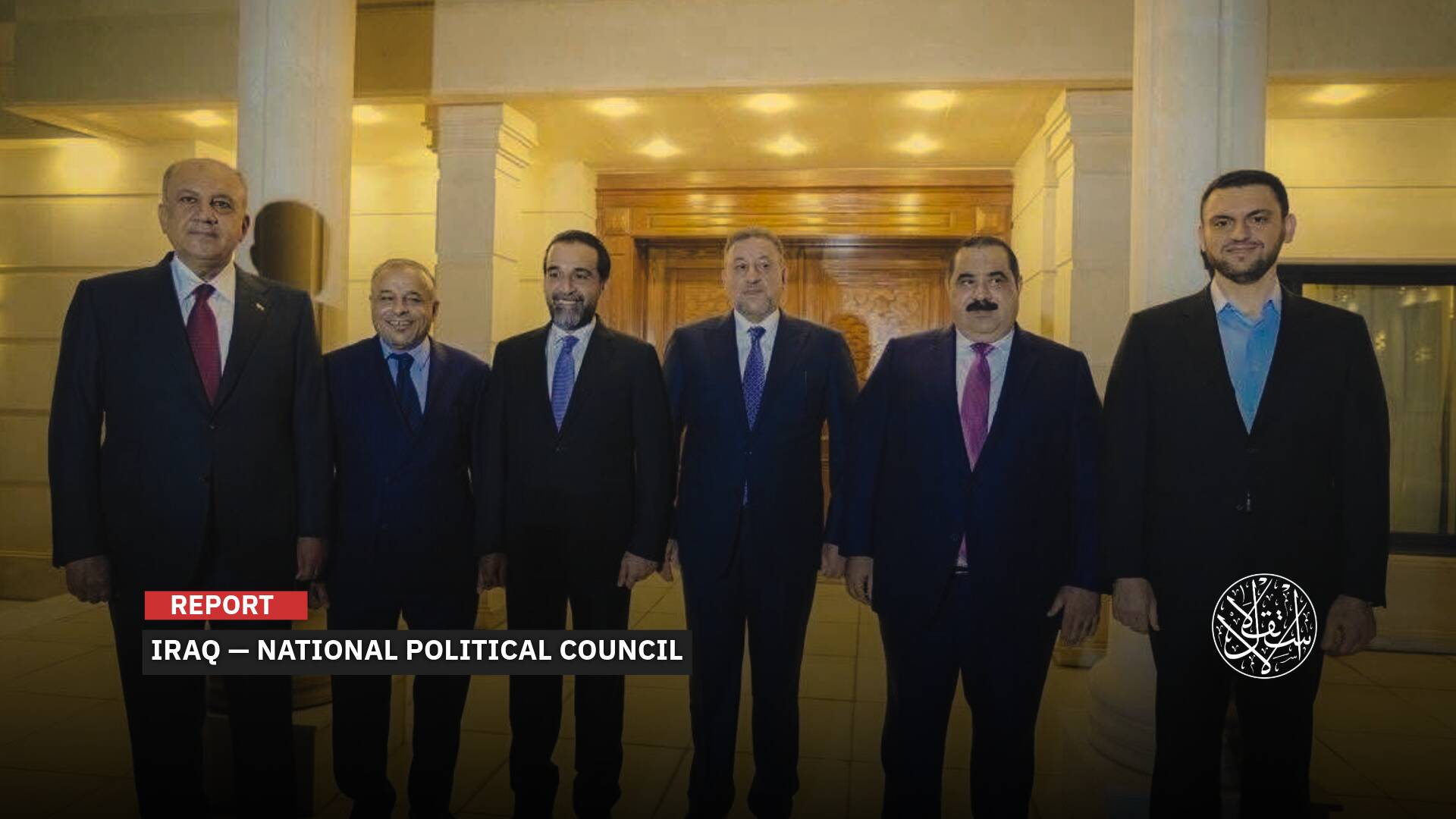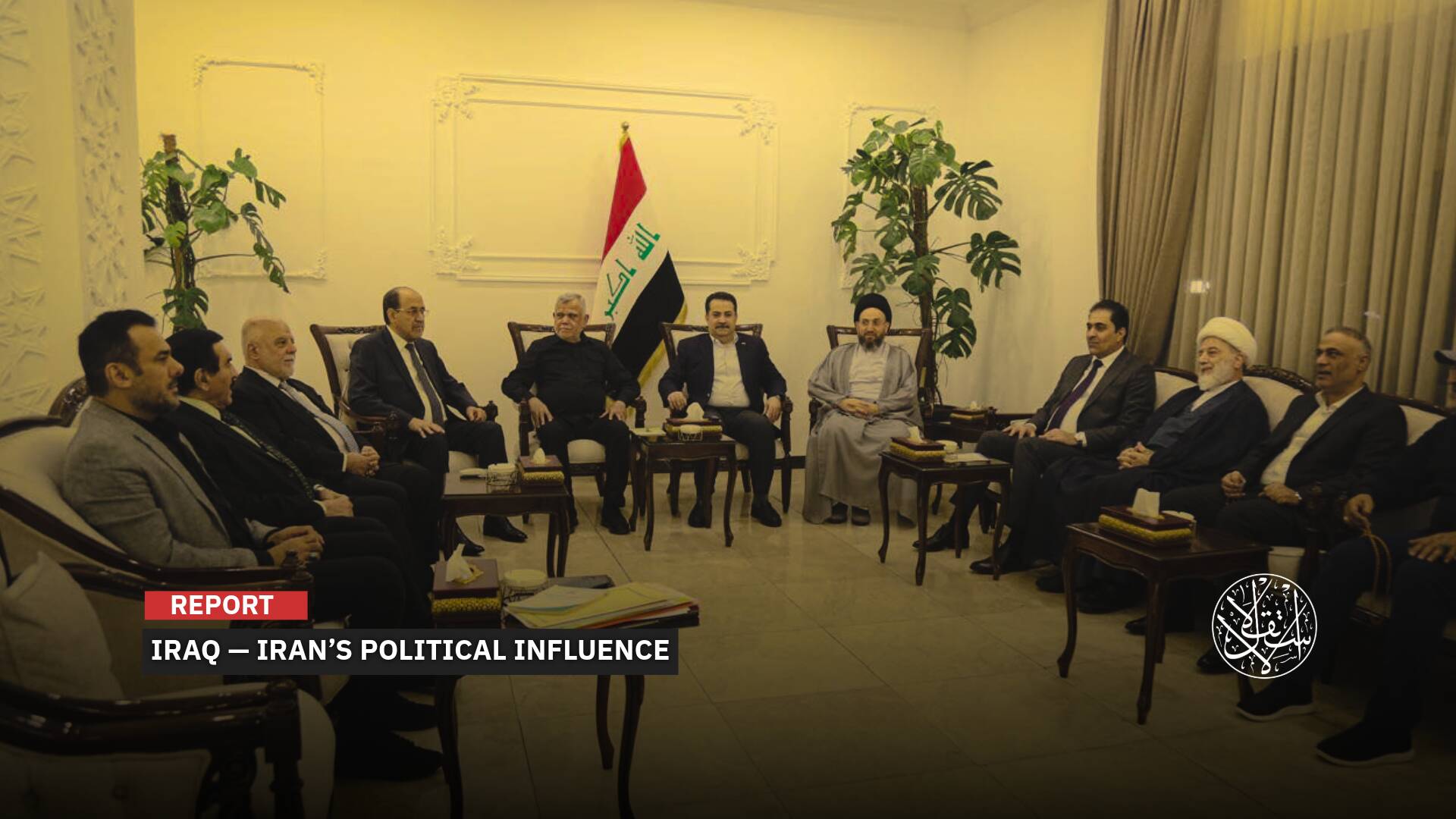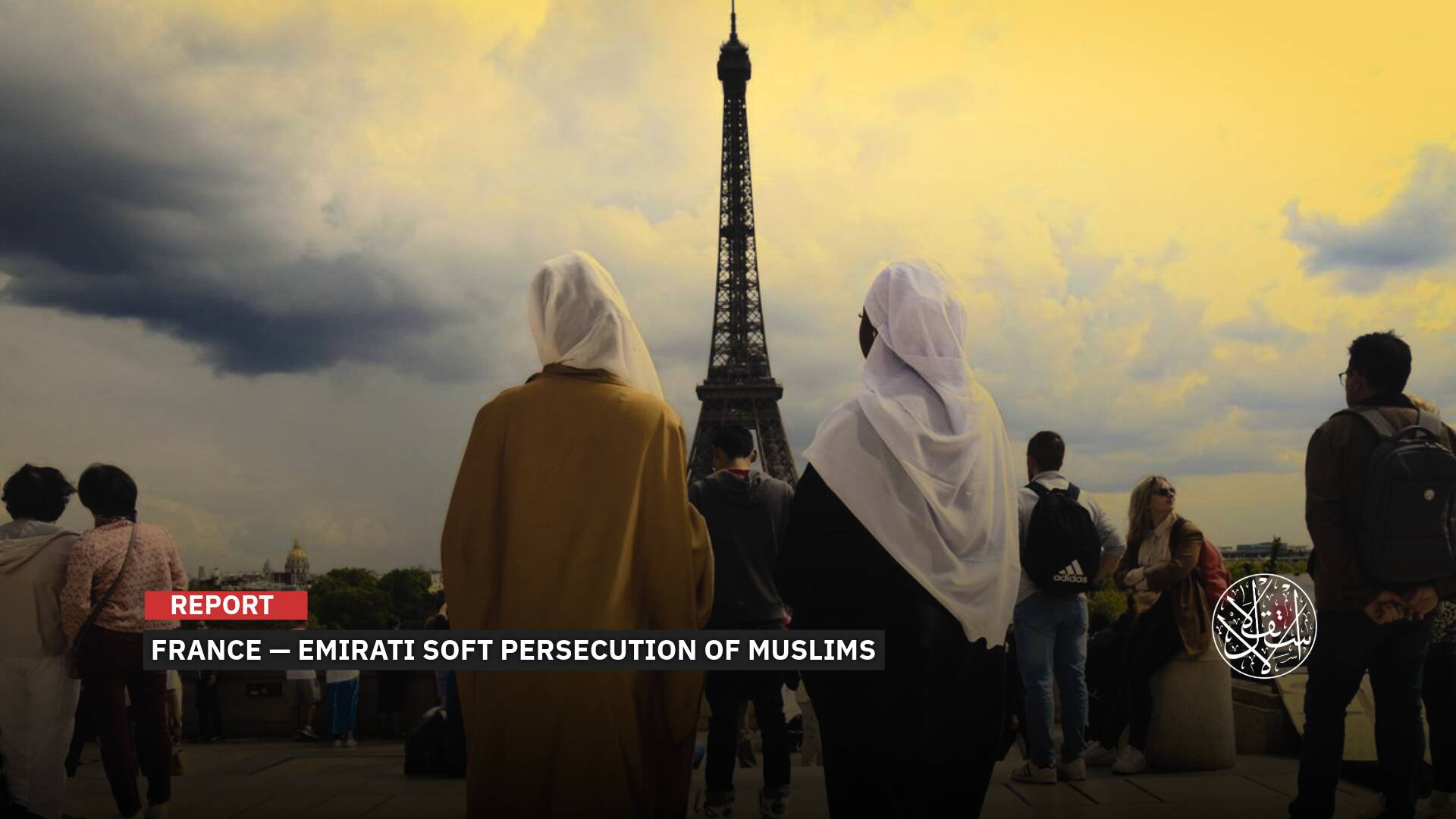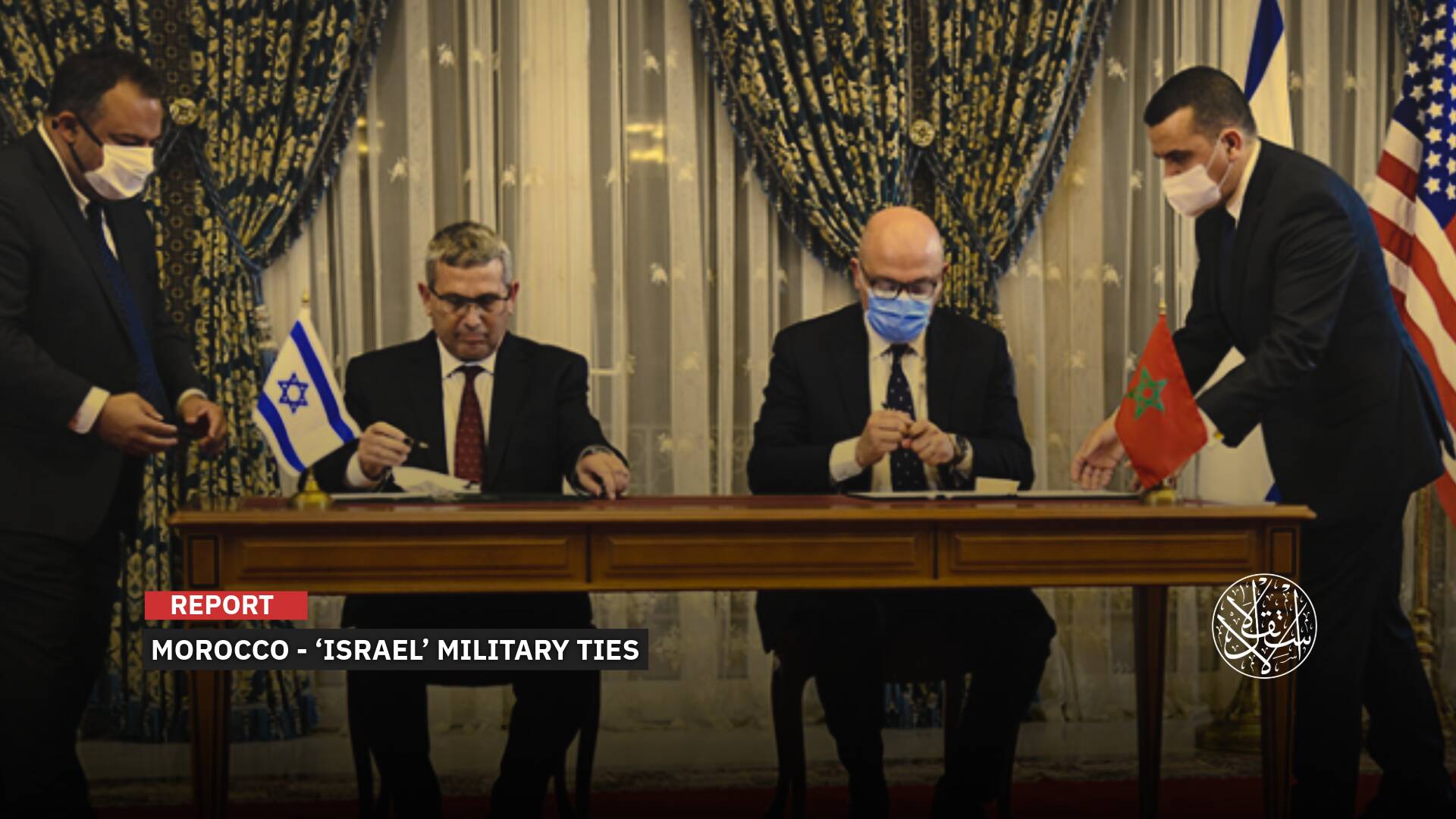In the Countryside of Deir ez-Zor, al-Hasakah, and Aleppo: What Are Assad’s Remnants Doing with the SDF Militia?
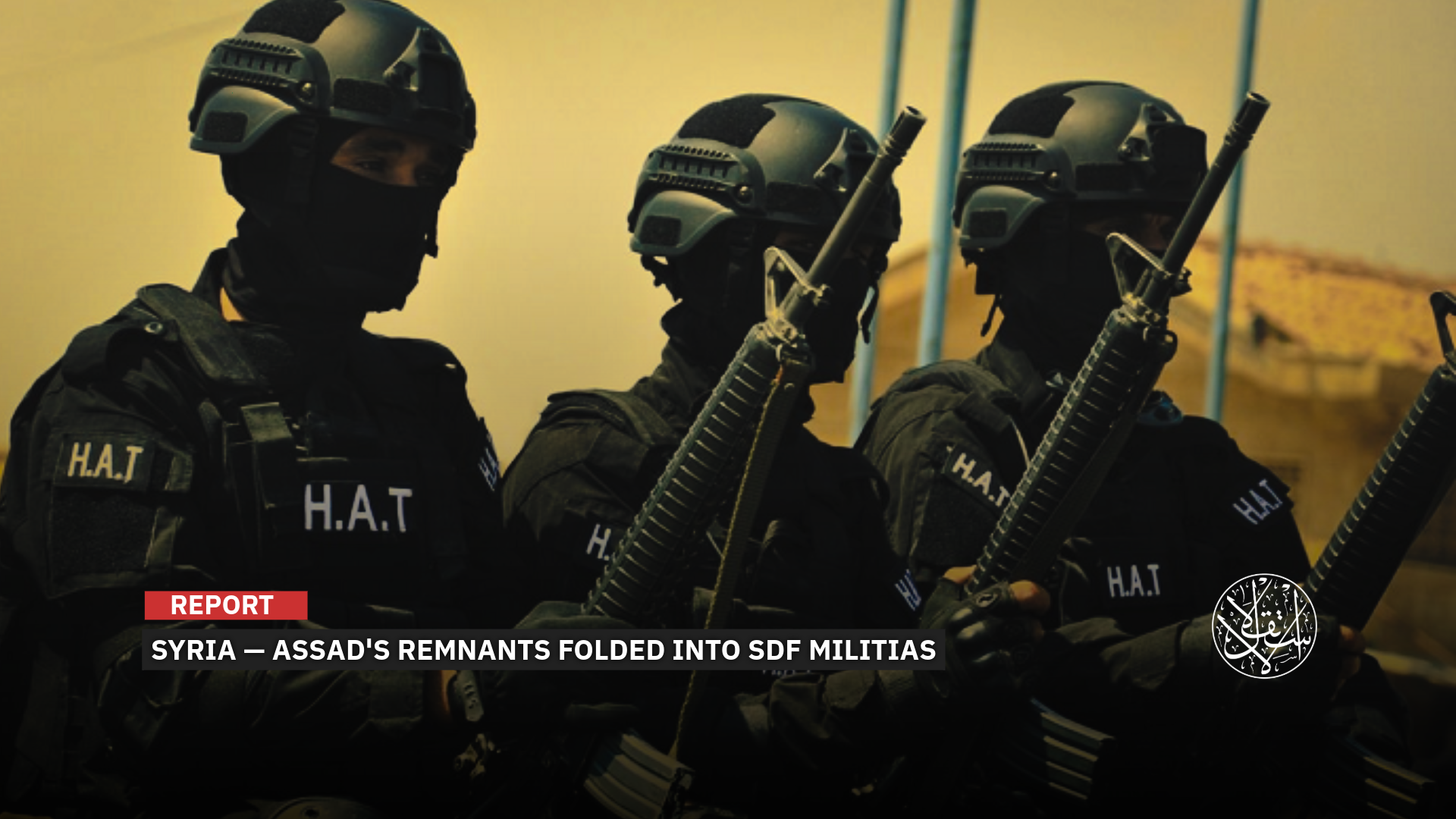
Areas under SDF control have welcomed around 2,500 officers and fighters who fled to ar-Raqqah and Deir ez-Zor following Assad’s fall.
Since the fall of Bashar al-Assad’s regime, the Syrian Democratic Forces (SDF) have notably allowed former officers and members of the ousted regime to relocate to areas under their control in northeastern Syria.
Thousands of these individuals have found refuge in SDF-held territories, escaping prosecution and accountability for crimes committed against the Syrian population during Assad’s rule.
Alarming Trends
Recent evidence suggests that some of these former regime elements have been integrated into SDF ranks, with the militia reportedly re-enlisting them for military purposes.
Over the past months, multiple indicators have emerged of ex-Assad personnel taking on active combat roles in SDF-controlled areas across rural Deir ez-Zor, al-Hasakah, and Aleppo.
A video circulated on October 3, 2025, shows an SDF fighter filming a military convoy in the town of Abu Hamam in eastern Deir ez-Zor, preparing to move toward Dayr Hafir in Aleppo’s countryside. The fighter highlighted the presence of former Assad officers within the convoy and threatened attacks on Syria’s coastal regions.
Syrian observers have warned that the SDF’s incorporation of former regime members into its structures could deepen regional instability.
Recently, SDF checkpoints across Deir ez-Zor’s countryside have been staffed by ex-Assad personnel, raising concerns among local residents. Reports indicate that SDF-held areas have hosted roughly 2,500 officers and fighters who fled to ar-Raqqah and Deir ez-Zor after Assad’s fall, with hundreds reportedly joining combat operations alongside the militia against the nascent Syrian army at the Tishrin Dam front.
The Tishrin Dam, located on the Euphrates near Manbij in Aleppo’s countryside, has become a strategic flashpoint between the SDF and the new Syrian army. The facility, which is under SDF administration, is critical for electricity generation and water supply, making it a key leverage point for the militia in negotiations with Syria’s new authorities.
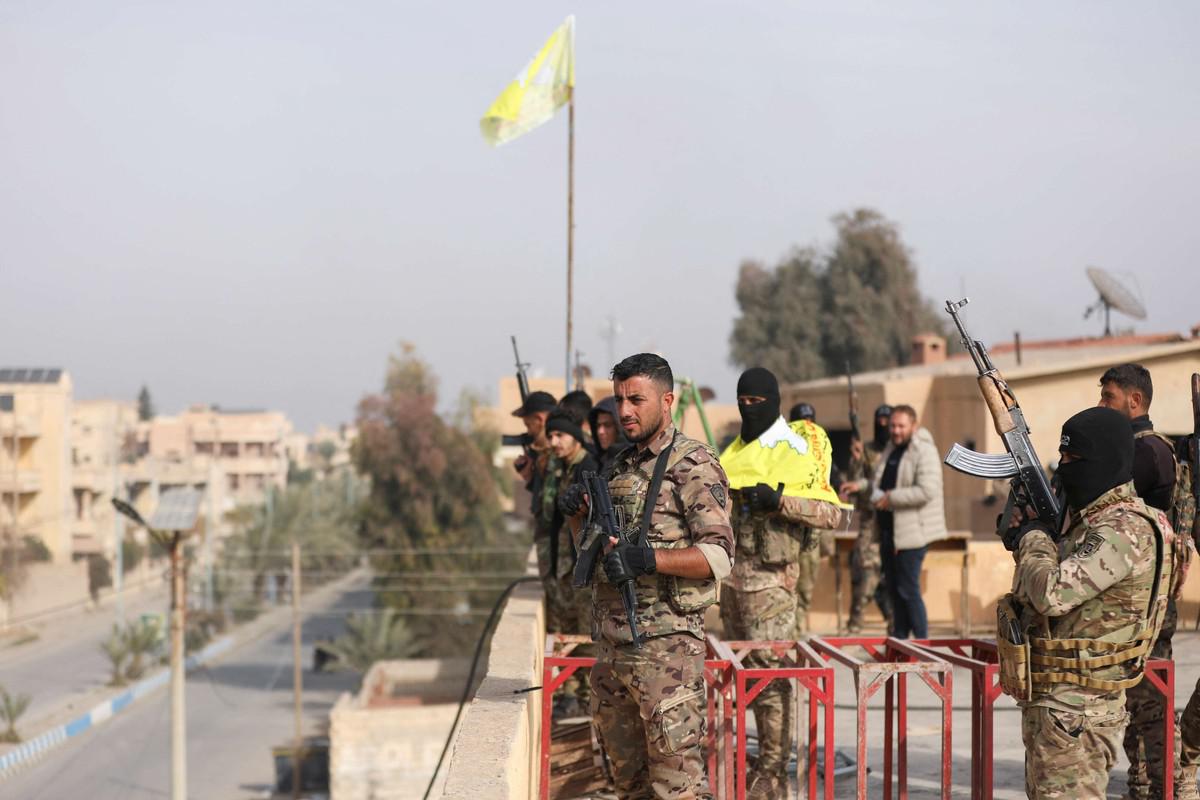
Recruitments and Defections
“In northeastern Syria, the Syrian Democratic Forces have been actively recruiting former Assad regime members to bolster their ranks amid defections from their own militia,” said journalist Mohammed Wissam of Alsharqiya 24.
“Recruiting ex-Assad elements is aimed at strengthening the militia and maintaining numerical balance in the wake of defections following Assad’s fall,” Wissam told Al-Estiklal.
“Coordination between the SDF and former regime members has become increasingly evident, particularly as the militia integrates these individuals into its structures both militarily and for security purposes, despite their documented involvement in serious abuses across Syria.”
Wissam noted that former Assad personnel have been stationed at the “Milbiya regiment” south of al-Hasakah city, under SDF supervision. Many of these recruits previously operated in Syria’s coastal regions and were relocated to the area in June 2025.
In August 2025, neighborhoods including Ghuwayran and al-Aziziyah in al-Hasakah witnessed a series of security raids carried out by the SDF alongside former Assad militias, reflecting a deliberate policy to intimidate and humiliate local populations, especially amid demands for integration with Syria’s new authorities.
Wissam further highlighted the SDF’s coordination with a unit of former Assad militia members stationed at the al-Hasakah Maintenance of Order Battalion, which includes former officers.
“The SDF is reintegrating these former regime officers and fighters, housing them in camps under its control in ash-Shaddadi in southern al-Hasakah or in Ain al-Arab in Aleppo, all to leverage their expertise and strengthen its militia,” he said.
Wissam confirmed that, following Assad’s fall, intelligence officers who had resided in the officers’ housing in western Qamishli coordinated fully with the SDF, placing their capabilities at the militia’s disposal.
“These individuals are fugitives from transitional justice. They have found refuge in SDF-controlled areas because of their direct involvement in crimes and abuses against Syrian civilians; they were integral to the former Assad regime’s repressive and military apparatus,” he added.
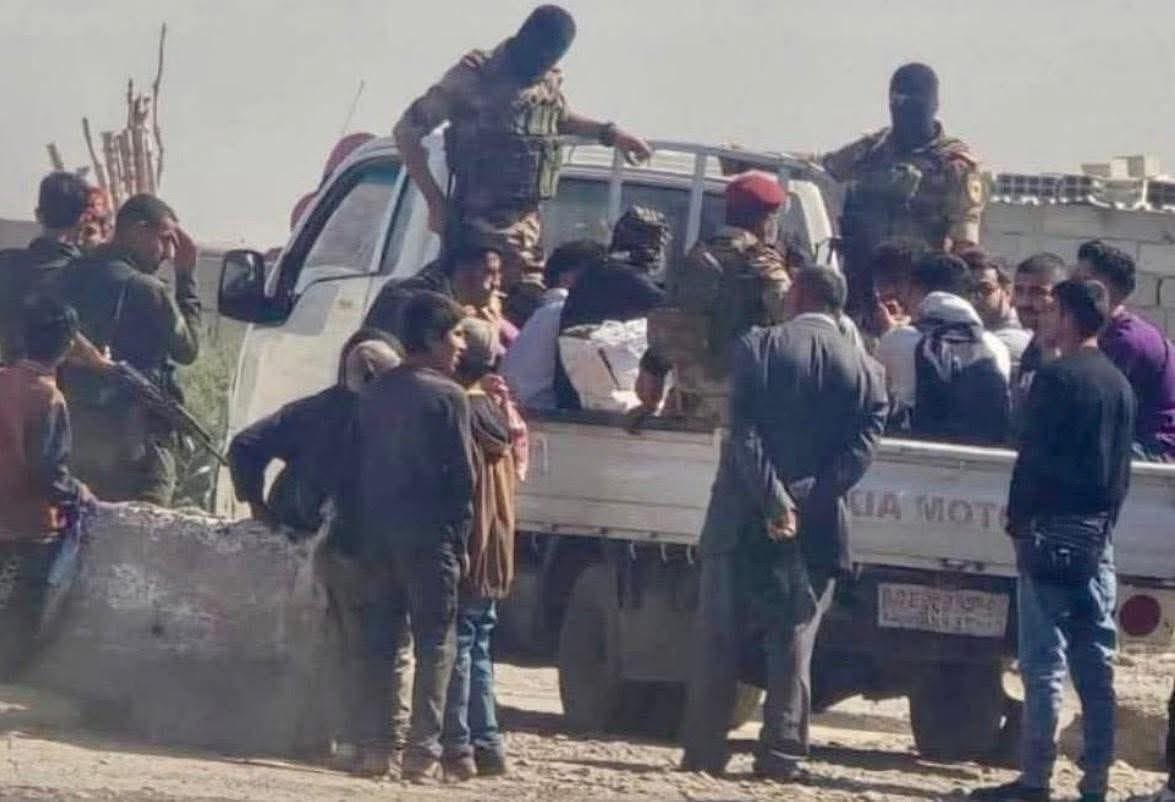
Violation of the Agreement
According to a report by Al-Jazeera Net published on March 11, 2025, during clashes on Syria’s coast between the new Syrian security militia and remnants of Assad’s regime, Syrian security sources confirmed the existence of an operations room staffed by Iranian Revolutionary Guard officers and former Assad regime officers from the Fourth Division in ar-Raqqah, an area controlled by the SDF.
The report added that the Turkish army sent reinforcements to the frontlines along SDF-controlled areas in ar-Raqqah and Aleppo’s countryside amid fears that an attack could be launched from SDF positions against Syrian government forces.
On March 6, 2025, former Assad officers and militias attempted to isolate Syria’s coast and threaten the country’s political transition, targeting security patrols of the new Syrian state in Tartus and Latakia along the Mediterranean.
The Syrian ministries of Interior and Defense quickly thwarted the uprising, killing or arresting dozens of former regime members and restoring order across both provinces in under 24 hours.
A Syrian investigative committee documented 1,426 civilian and military deaths, with 20 others reported missing during the coastal incidents.
Observers say the SDF’s protection and recruitment of former Assad officers violate its integration agreement with the new Syrian government, signed on March 10, 2025, by President Ahmed al-Sharaa and SDF commander Mazloum Abdi.
The agreement explicitly obligates the SDF to support the Syrian state in combating remnants of Assad’s regime. Recruiting these former officers or deploying them to frontlines directly challenges Damascus, as the pact stipulates the full integration of all civil and military institutions under the Kurdish-led autonomous administration into the Syrian state, including border crossings, airports, and oil and gas fields.
The agreement consists of eight articles, with joint committees tasked with its full implementation by the end of 2025.
A sticking point remains the SDF’s insistence on joining the Syrian army as a unified military bloc—a demand rejected by Damascus. This impasse has delayed implementation and reflects the SDF’s continued insistence on decentralized governance, while the Syrian government opposes political decentralization or federalism.
Sources
- Syrian Network for Human Rights: 127 Cases of Arbitrary Arrests Documented in September, Government and SDF Lead [Arabic]
- Al Jazeera Net Exposes SDF Role in Attacks by Former Assad Forces [Arabic]
- SDF Attacks Military Post at Tishrin Dam [Arabic]
- Why Does the SDF Insist on Joining the New Syrian Army as a Single Bloc? [Arabic]



